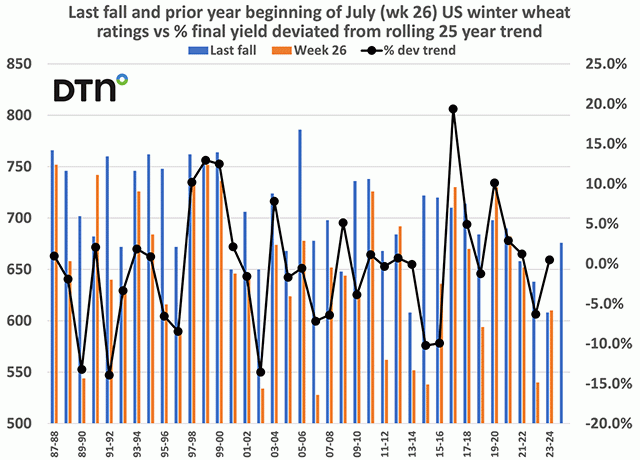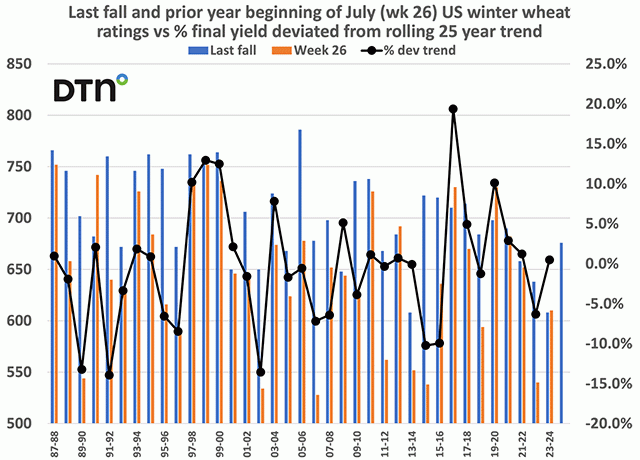Fundamentally Speaking
New Crop November Soybean/December Corn Ratio
Retail fertilizer prices continue to escalate higher with almost all nitrogen-based fertilizers at all-time high values.
Though we have heard that a number of farmers did buy their needs for this fall, many did not and are waiting for lower prices in the spring which may not happen.
So what does this mean for corn planted area and for those farmers that go ahead and seed corn, but limit nitrogen based fertilizer; what will the impact be on yields?
There has been a lot of discussion as to the mix of crops to be seeded in 2022, and specifically in the Midwest, interest in how corn and soybeans stack up against each other.
P[L1] D[0x0] M[300x250] OOP[F] ADUNIT[] T[]
To ascertain which crop would be more profitable, one needs to consider the expected price to be received per bushel times the respective yield in bushels per acre for each minus the individual production costs per acre.
As we have done on a number of occasions this time of year, this graphic shows the new crop November soybean/December corn ratio the day before Thanksgiving on the right-hand axis vs. the change in both corn and soybean acreage from the final planted figure the prior year to the following March planting intentions figure on the left-hand axis.
As an example, the day before Thanksgiving last year the November 2021 soybean/December 2021 corn ratio closed at 2.56, which is above the 20-year average of 2.32, the 10-year average of 2.39 and even the five-year average of 2.50 where soybean prices have been relatively stronger than corn prices since 2013.
This high ratio had the intended effect of increasing planted soybean area relative to corn acreage and this is what happened.
The March 2021 planting intentions report showed soybean acreage up 15.1% from the final 2020 planted figure while the March 2021 planting intentions report indicated U.S. corn plantings acreage up a mere 1.9% from the final 2020 planted figure.
A general rule of thumb is the average ratio has been 2.37 and a figure over that tends to encourage soybean plantings over corn, while a ratio below 2.37 is generally seen as more favorable for corn as opposed to soybean seedings.
Keep in mind that there is quite a bit of time from Thanksgiving to late winter when farmers start to finalize their planting intentions.
Also, the absolute level of prices can be important also as high prices for both commodities regardless of the ratio could prompt increased seedings of both.
The current SX2021/CZ 2021 ratio of 2.24, which is the lowest SX/CZ ratio at Thanksgiving since 2013, strongly favors more corn area relative to soybeans, but again the influence of input expenditures particularly with fertilizer will have a large bearing on which crop if any gets the short end of the stick in the upcoming acreage battle.
(c) Copyright 2021 DTN, LLC. All rights reserved.






Comments
To comment, please Log In or Join our Community .